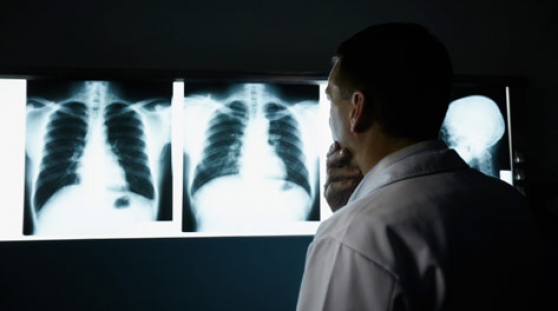Multiple Sclerosis Health Center
Table of Contents

There is no single test that can diagnose multiple sclerosis on its own. An MS diagnosis is usually made using a combination of tools, including a medical history, neurological exams, eye exams, spinal tap and MRI.
Medical History
A patient's medical history may provide enough evidence alone for a doctor to suspect multiple sclerosis, but it still is not enough for a definitive diagnosis. A careful physical exam — including tests of reflexes, eye movements, balance and walking — also can point the doctor in the right direction.
Evoked Potential Test
An evoked potential test measures the brain's electrical activity in response to visual or electrical stimulation. This test can spot the slowing of electrical signals caused by damage to the myelin sheath. As such, it can help doctors make a diagnosis even if a patient isn't showing symptoms of nerve damage.
Magnetic Resonance Imaging (MRI)
MRI is used to create detailed images of the brain, spinal cord and other areas of the body. It is the preferred imaging tool for making an MS diagnosis and to track the course of the disease.
MRI can reveal lesions caused by damage to the myelin sheath. These lesions, however, are not always the result of MS; they may also be caused by other conditions, such as lupus, diabetes or migraines. For this reason, an MRI cannot provide all the information needed to make a definitive diagnosis.
Spinal Tap (lumbar puncture)
A lumbar puncture — more commonly known as a "spinal tap" — is used to draw cerebrospinal fluid from the spinal cord. This fluid can provide clues for the diagnosis of many nervous system diseases, including MS.
During a spinal tap, a doctor or nurse inserts a long, thin, hollow needle between two bones in the lower spine and into the area where cerebrospinal fluid circulates.
Like the other tests used in the diagnosis of MS, an analysis cerebrospinal fluid provide an MS diagnosis on its own; rather, it must be part of the whole bag of tools used to diagnose MS.
